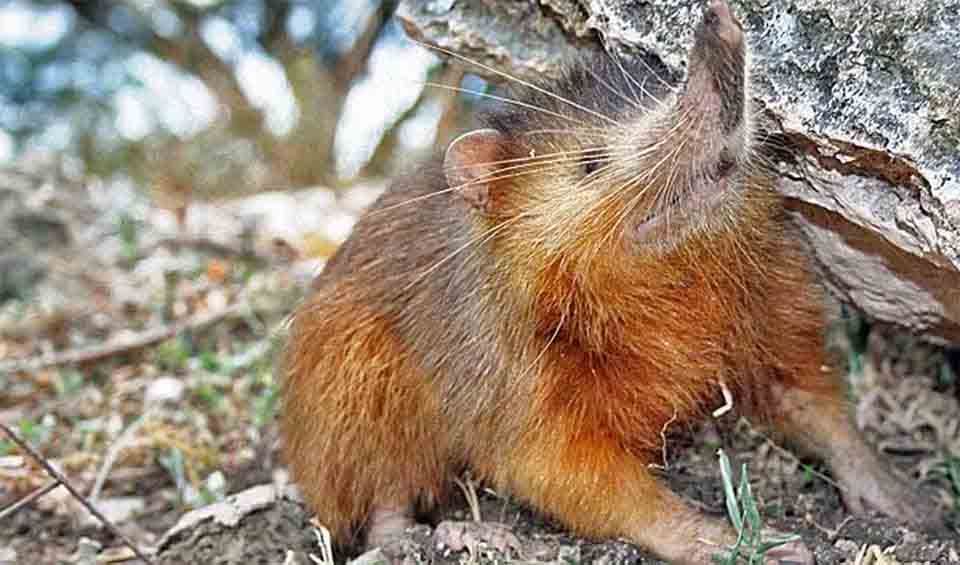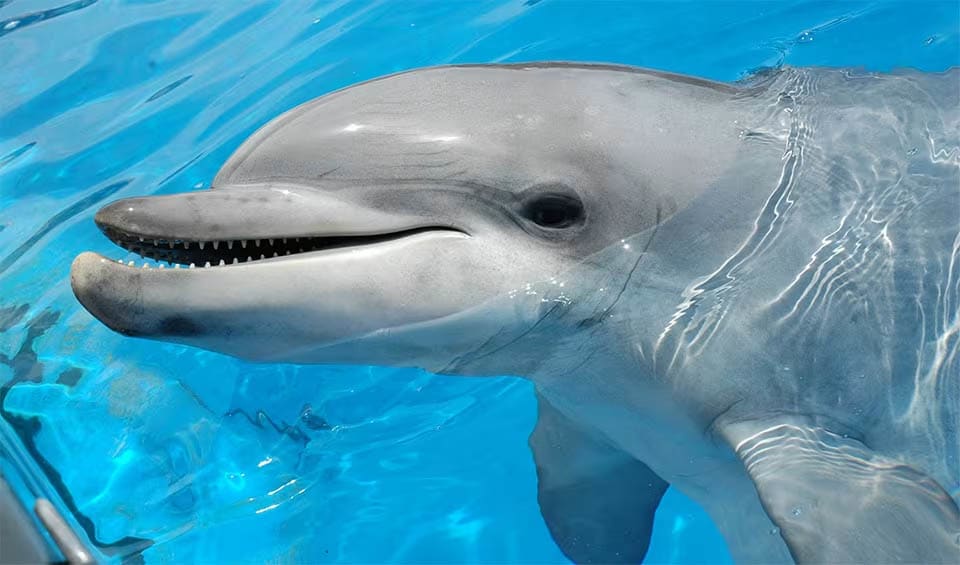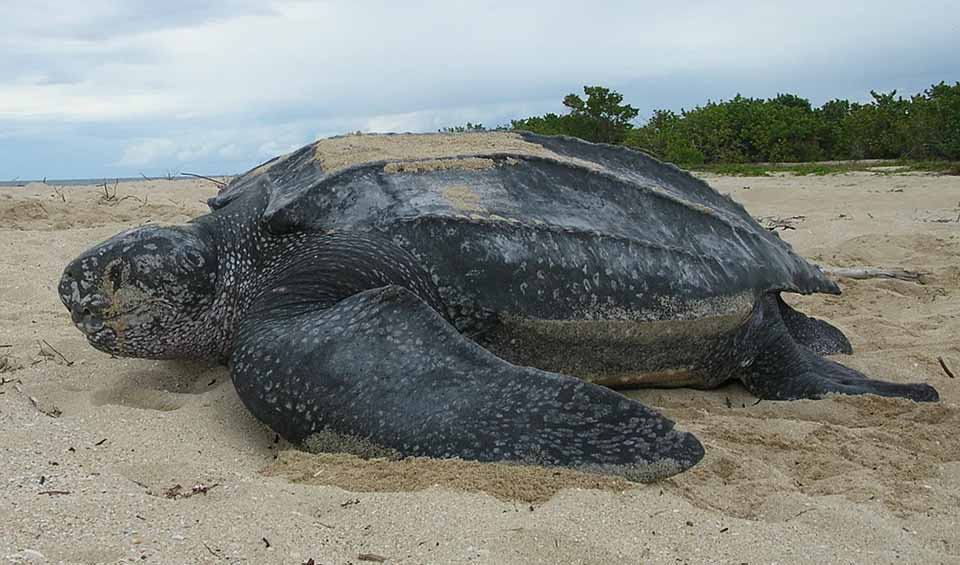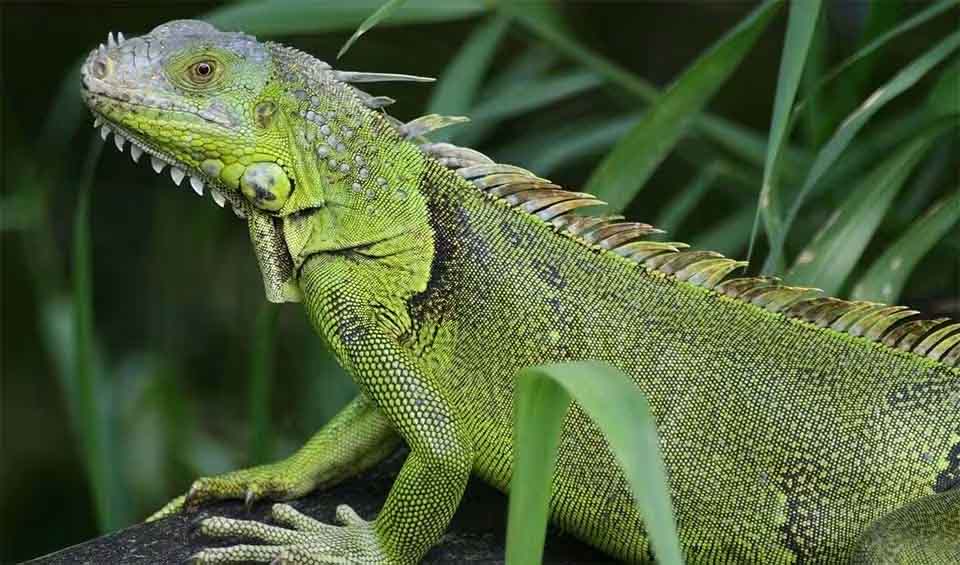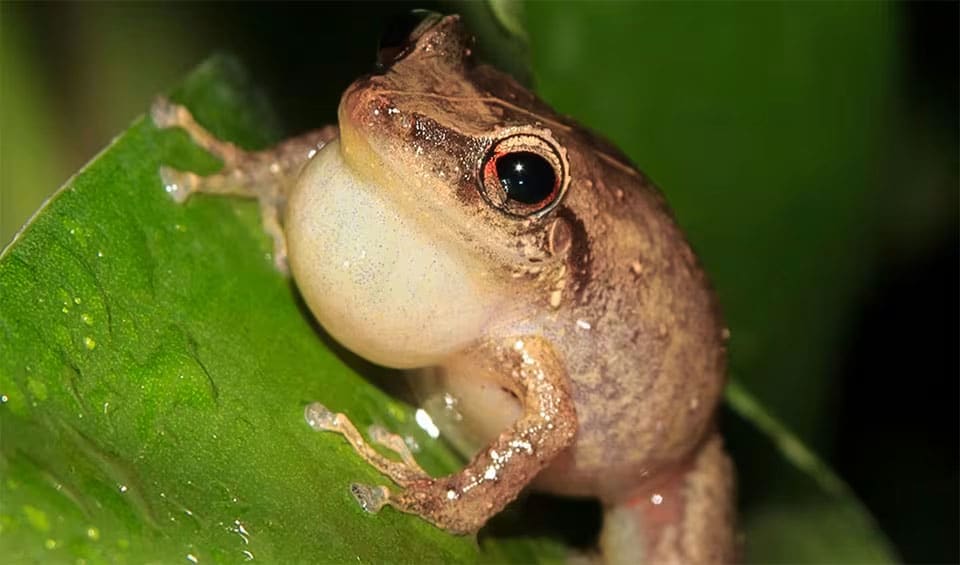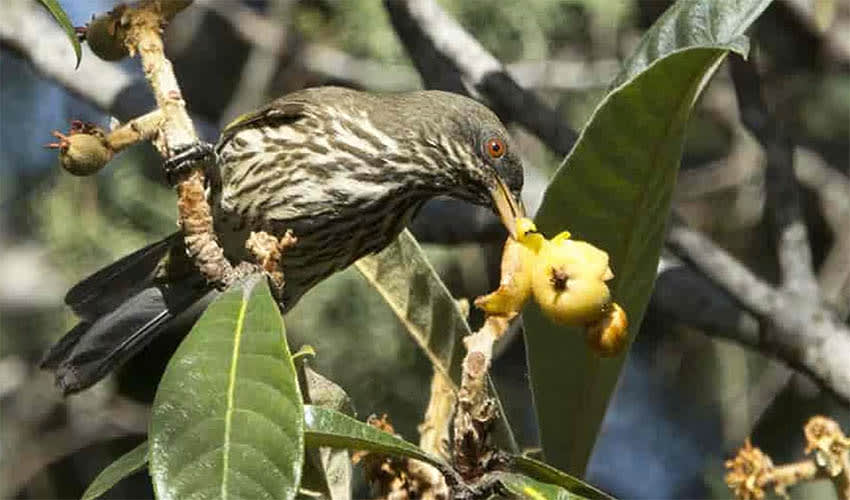Situated in the Caribbean Islands hotspot, the Dominican Republic occupies part of Hispaniola, sharing the island with Haiti. Alongside Cuba, these two islands are significant contributors to Caribbean biodiversity. The Dominican Republic is distinguished by its high endemism rates, especially in reptiles, with five species per 2,000 km² (772 mi²), as well as in vascular plants and birds.
The country is home to unique Caribbean ecosystems such as Lake Enriquillo, the region’s largest lake and lowest point, and its highest mountain, which reaches 2,000 meters (6,562 feet) above sea level. With diverse habitats including coniferous and broadleaf forests, mangroves, wetlands, and coastal regions, the Dominican Republic is a vital biodiversity hotspot, harboring a rich array of flora and fauna.
Four pillars elaborated:
The Dominican Republic has established a robust network of protected areas to preserve its rich biodiversity and natural heritage, which includes 29 national parks, 2 marine national parks, 3 marine sanctuaries, 3 ecological corridors, 15 forest reserves, 2 biological reserves, and 2 marine mammal sanctuaries. These protected zones range from rainforests and cloud forests to coastal and marine ecosystems, safeguarding environments such as coral reefs, seagrass beds, and whale breeding grounds. Land Management
Land Management
Notable protected areas include Armando Bermúdez National Park, known for its cloud forest; Jaragua National Park, which includes dry forests and marine environments; Los Haitises National Park with its mangroves and limestone formations; Monte Cristi National Park, home to a significant flamingo population; and Saona Island National Park, celebrated for its pristine beaches and coral reefs. These conservation efforts ensure the preservation of the Dominican Republic’s environmental treasures for future generations.
The primary threats to the Dominican Republic’s ecosystems include the loss of natural habitats, primarily due to agricultural and livestock expansion, tourism development, mining, and energy projects. Other significant challenges are the fragmentation and degradation of habitats caused by infrastructure development (like roads and settlements), timber extraction (e.g., for charcoal production), wildfires, and pollution in both terrestrial and aquatic environments. Overexploitation of native flora and fauna through overfishing, hunting, and illegal harvesting also poses a major threat. Threats to Biodiversity
Threats to Biodiversity
Climate change exacerbates these issues, affecting water availability, air and seawater temperatures, sea levels, and the frequency and intensity of hurricanes. Additionally, the introduction of invasive species and diseases like chytridiomycosis in amphibians are major concerns.
The Dominican Republic actively participates in international biodiversity protection efforts, being a signatory to key agreements such as the Convention on Biological Diversity, the Convention on International Trade in Endangered Species of Wild Fauna and Flora, and the Ramsar Convention on Wetlands. Since ratifying the CBD in 1997, the country has adopted both the Cartagena and Nagoya Protocols, enhancing its legal and institutional frameworks to protect and sustainably use its biodiversity. Key legislative measures include the 2000 General Act on Environment and Natural Resources, underpinning efforts like the National Red List of Threatened Species and the National Strategy on Invasive Alien Species, both initiated in 2011. Capacity and Governance
Capacity and Governance
Moreover, the National Strategy for the Conservation and Sustainable Use of Biodiversity and its Action Plan for 2011-2020 were set forth, with a National Committee on Biodiversity overseeing implementation from 2012. The primary conservation mechanism has been the establishment of the National System of Protected Areas (SINAP), which covers over 25% of the nation’s land and nearly 5 million hectares (50,000 km²) of marine area. Despite these efforts, challenges remain, such as ineffective management of protected areas, the presence of human activities that threaten biodiversity, and insufficient reduction of biodiversity pressures, indicating a need for stronger environmental regulations and land use planning.
The Dominican Republic acknowledges the critical role of biodiversity in its economic and societal health. The nation is dedicated to reaching climate neutrality by 2050 and is pursuing comprehensive reforms to meet this objective. To support its biodiversity conservation efforts, the Dominican Republic collaborates with international bodies such as USAID and the World Bank. These partnerships are driving projects aimed at sustainable tourism, zero-waste practices, and community-driven environmental solutions. Future Trends
Future Trends
Biodiversity
The Dominican Republic, located on the island of Hispaniola in the Caribbean, boasts a remarkable diversity of ecosystems and a rich array of flora and fauna. The country’s varied landscapes include tropical rainforests, mountainous regions, coastal mangroves, and arid deserts, each supporting unique species. The Cordillera Central mountain range, home to Pico Duarte, the highest peak in the Caribbean, is a significant biodiversity hotspot. These highland areas are home to many endemic species, such as the Hispaniolan solenodon and the hutia, along with numerous bird species, like the Hispaniolan parrot and the palmchat, which is the national bird.The coastal and marine environments of the Dominican Republic are equally diverse and vibrant. The country’s extensive coral reefs, seagrass beds, and mangrove forests provide critical habitats for a variety of marine species, including manatees, sea turtles, and an array of fish and invertebrates. The Samaná Bay is particularly famous for being a breeding ground for humpback whales.
In the table below are the number of known species in several main groups, how many of these species are Threatened with extinction, and how many of them are Endemic (unique to Dominican Republic only):
| Species (World rank) |
Threatened | % Threatened | Endemic | % Endemic | |
|---|---|---|---|---|---|
| Mammals | 59 (#158) | 7 | 11.9% | ||
| Birds | 237 (#159) | 17 | 7.2% | 1 | 0.4% |
| Reptiles | 135 (#69) | 47 | 34.8% | ||
| Amphibians | 50 (#60) | 32 | 64.0% | 1 | 2.0% |
| Fishes | 531 (#110) | 38 | 7.2% | 18 | 1.5% |
| Plants | 5,600 (#56) | 47 | 0.8% | 2,050 | 36.6% |
mammals
Hispaniolan solenodon
Unlike most mammals, it has special grooves in its lower incisors that is used to inject venom on its prey
Common bottlenose dolphin
Known for their acrobatic leaps, twisting and turning gracefully as they jump completely out of the water
birds
Peregrine falcon
At the speed of over 321 km/h (200 mph), this bird outraces a Formula1 car
American kestrel
The smallest of falcons in the entirety of America, but you would be mistaken to take this bird lightly
Lesser black-backed gull
A common sight in coastal regions throughout the Northern Hemisphere
reptiles
American crocodile
These creatures often ingest stones, aiding food digestion and buoyancy regulation in the water
Leatherback sea turtle
The mysterious diver of the ocean is the largest and only sea turtle without a hard shell and scales
Green iguana
From the US down to Brazil, this trans-American lizard is the most common iguana
amphibians
Cane toad
When a big one meets a smaller one, it’s lunch!
American bullfrog
Introduced to many regions where it is now considered an invasive species
Common coqui
They can be quite loud, reaching noise levels of up to 80 decibels – the equivalent of a running lawnmower!
National Animals
Palmchat
Can build hundreds of nests in a single palm tree
